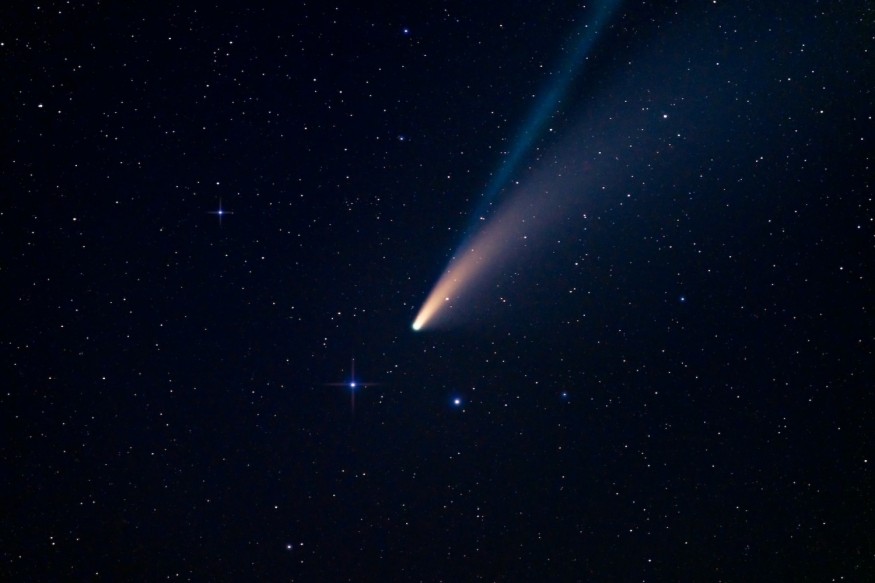A comet reported to be twice the size of Mount Everest or equivalent to the length of Manhattan is approaching Earth after it passed our Solar System. The said space object, officially known as 12P/Pons-Brooks, has been nicknamed the "Devil Comet" due to its estimated size of 12.6 miles across. It was last observed on October 20, according to NASA's Jet Propulsion Laboratory.
Despite the colossal size of the Devil Comet and its projected trajectory, computer simulations by astronomers do not show any imminent collision with Earth in the near future. With this, 12P/Pons-Brooks has not been classified yet as a potentially hazardous object. This means that the giant comet poses no threat to our planet, mainly based on its distance and position in our Solar System.
12P/Pons-Brooks Discovery

12P/Pons-Brooks was first discovered in 1812 by Jean-Louis Pons at Marseilles, France, according to NASA, which classifies the object as a Halley-type Comet, which are described as periodic comets having an orbital period of fewer than 200 years or between 20 and 200 years. Also known as intermediate-period comets, Hailey-type Comets have medium-length orbits directed to the ecliptic plane of the Solar System.
According to Quanzhi Ye, an astronomer from the University of Maryland, some astronomers hinted that existence of observational record of the Devil Comet dating back to 1385, which makes Pons-Brooks one of the very few comets to have been observed for a very long time. After it was last spotted in 1953, the said comet will be visible again from Earth in April 2024.
Is There a Comet That Will Destroy Earth?
When it comes to planet-destroying space rocks or other celestial objects, asteroids have often been the subject of apocalyptic scenarios. This recognition stems from the fact the object "Chicxulub impactor" that killed the dinosaurs 66 million years ago was a C-type asteroid, based on prevailing census.
Comets have been more of a sky-gazing spectacle rather than a planetary threat, compared with their space rock counterpart. In this context, space enthusiasts and astronomers in the past have posed the question if the large space objects made of dust and ice can also damage or destroy Earth.
According to NASA, both asteroids and comets can cause craters, as well as relative damage depending on their size. Although there are many comets belonging to giant classes with a width of 1 to 10 kilometers, there are no known near-Earth comets that pose a threat currently.
Largest Comet Observed
In a media release in April 2022, NASA's Hubble Space Telescope confirmed the largest comet observed, particularly in terms of the size of an icy comet nuclear ever seen by astronomers in history.
The giant comet, named C/2014 UN271 or Comet Bernardinelli-Bernstein, has an estimated diameter of approximately 80 miles and its nucleus is 50 times larger than the heart of most known comets. It is even larger than the state of Rhode Island, according to the US space agency.
Related Article: Remnants of a Comet that Exploded in 2007 Will Reach the Earth
© 2025 NatureWorldNews.com All rights reserved. Do not reproduce without permission.





